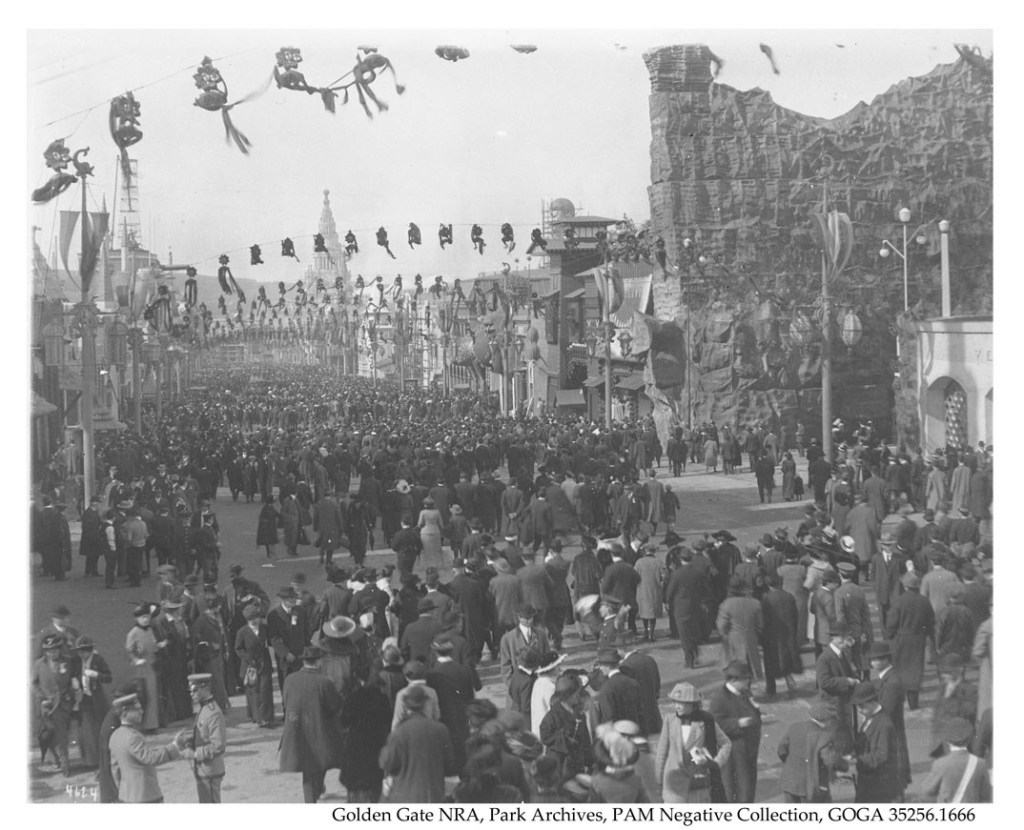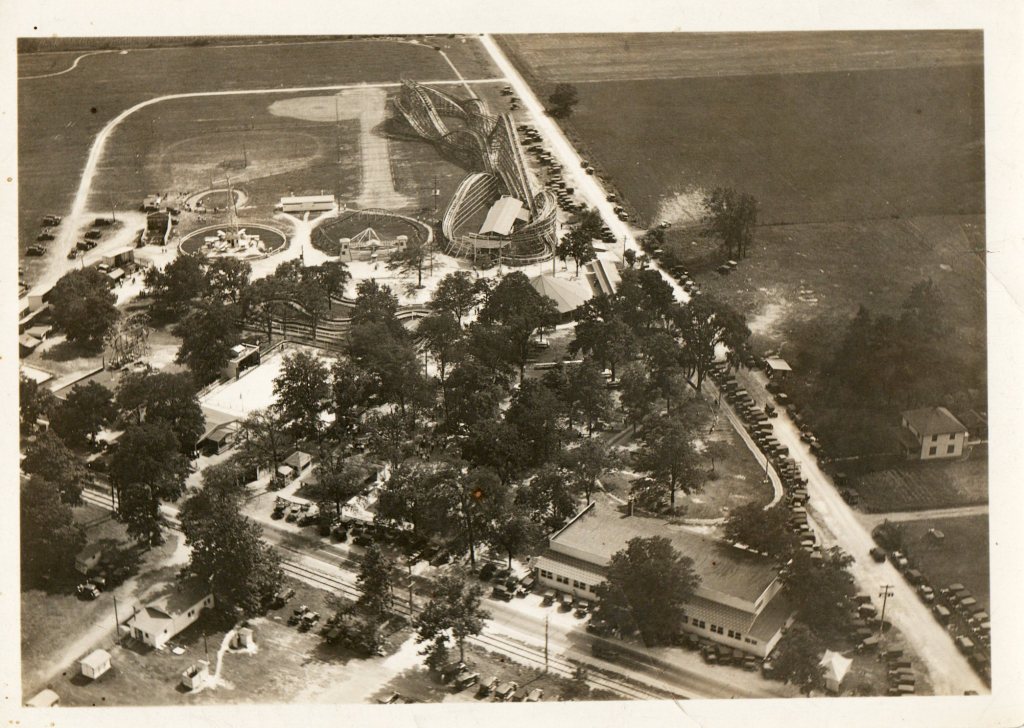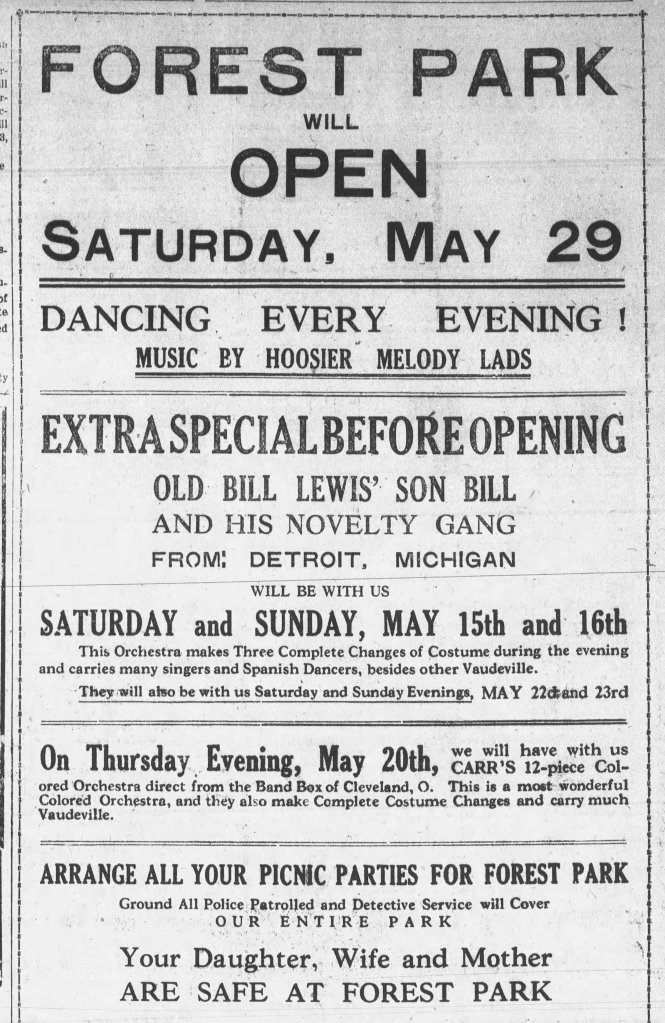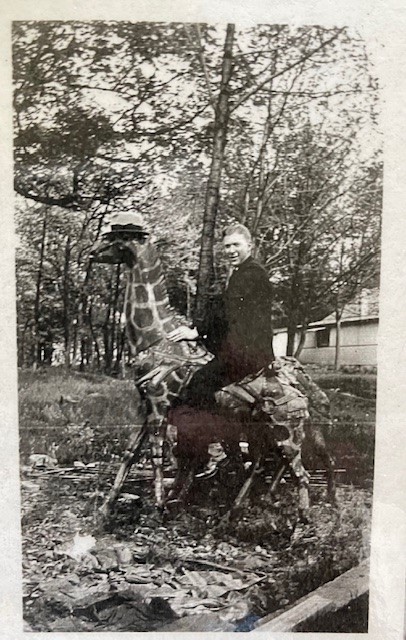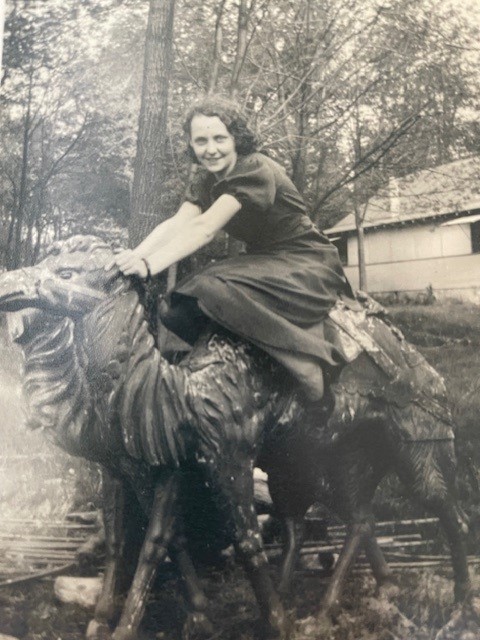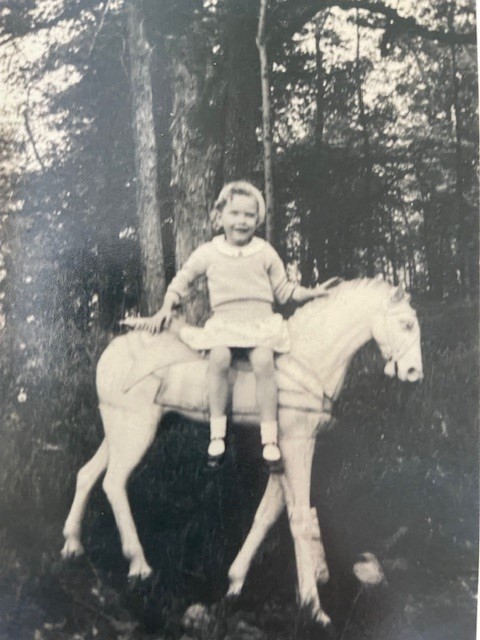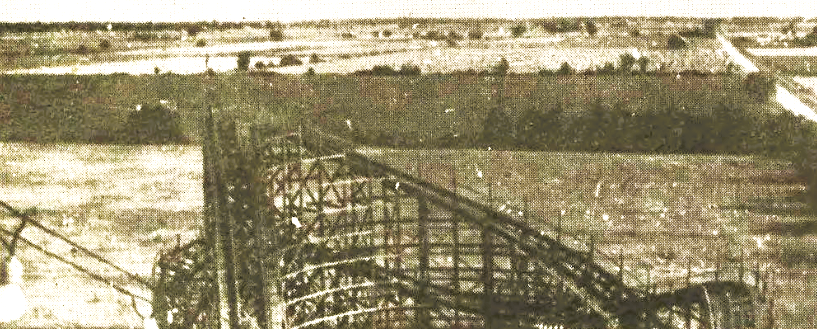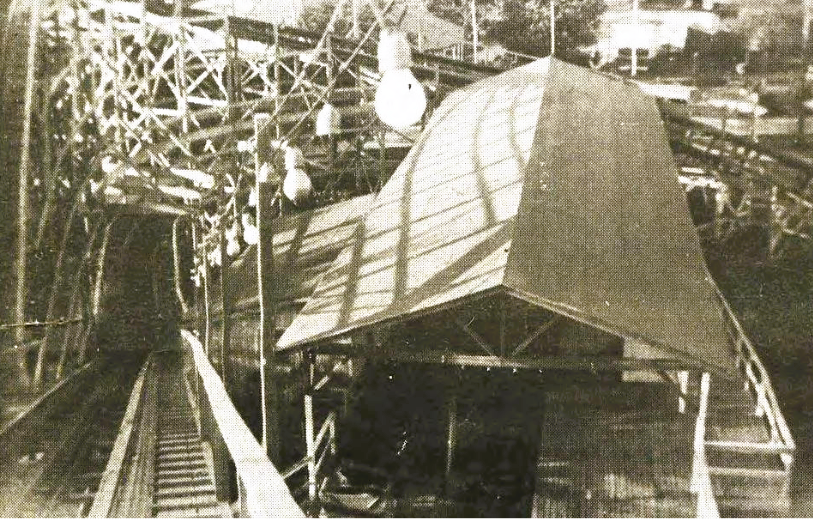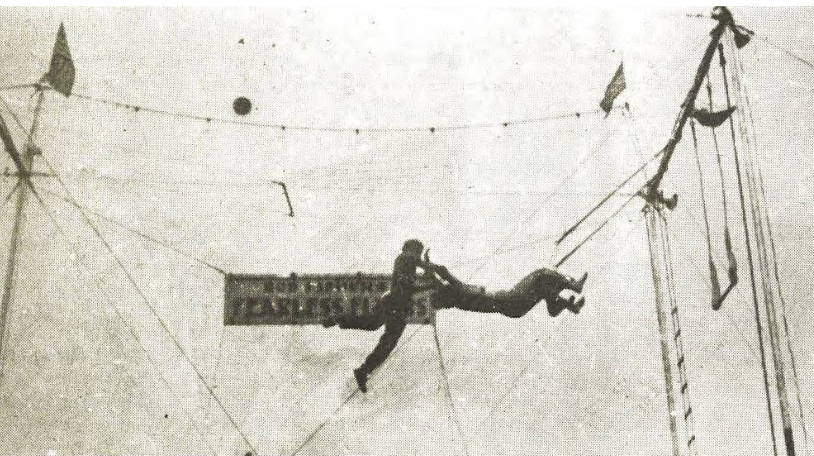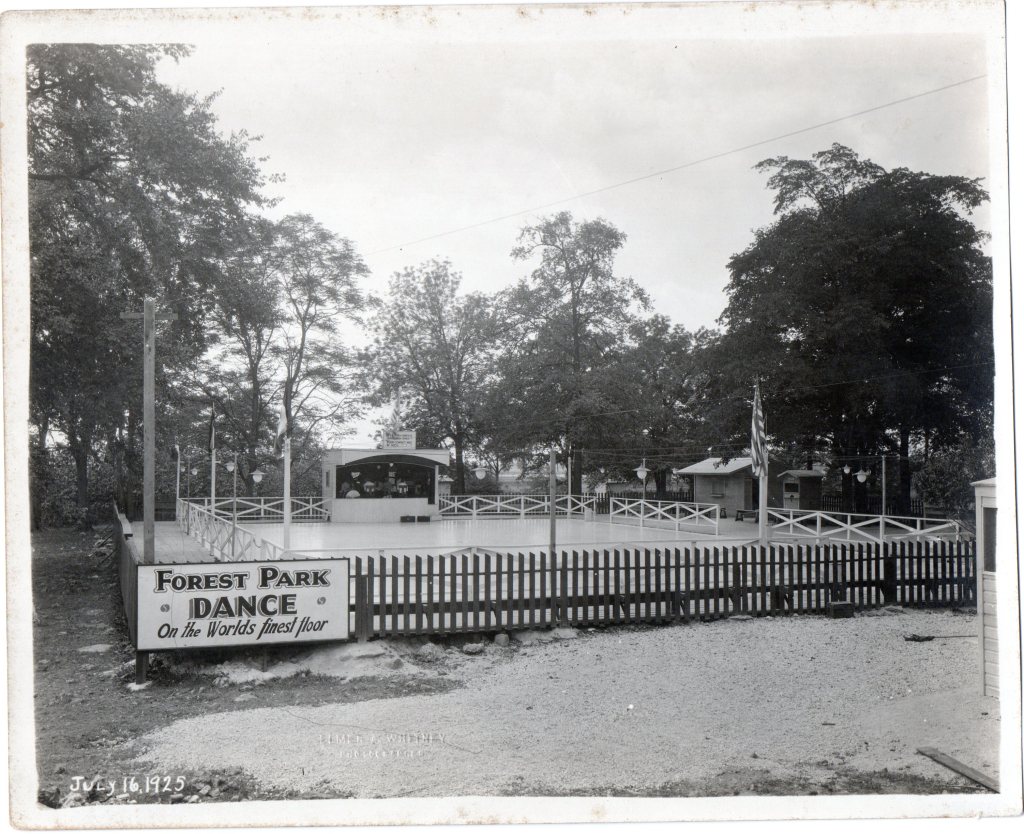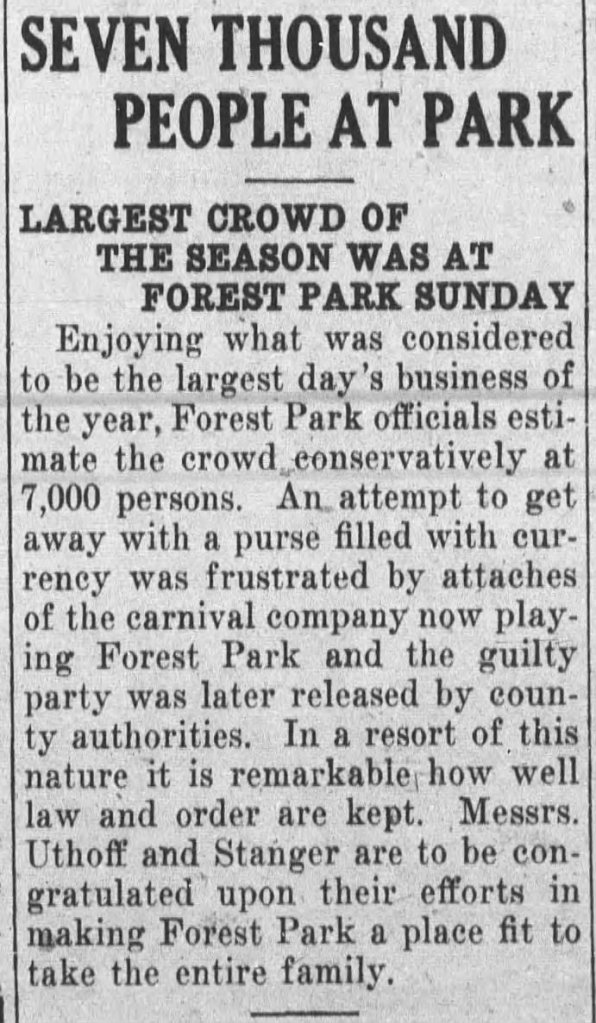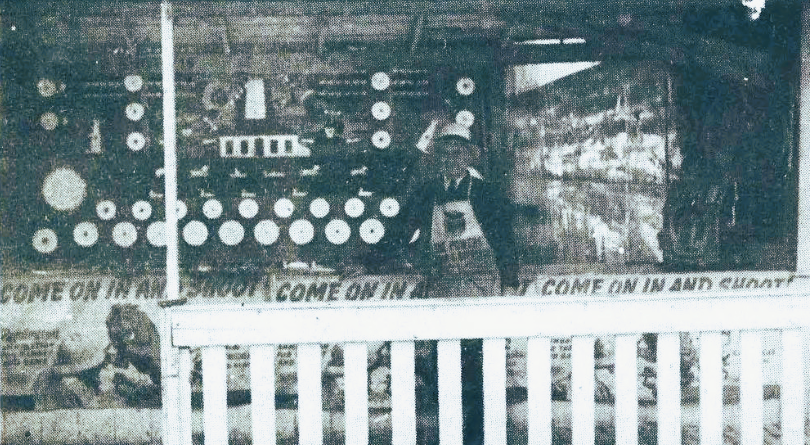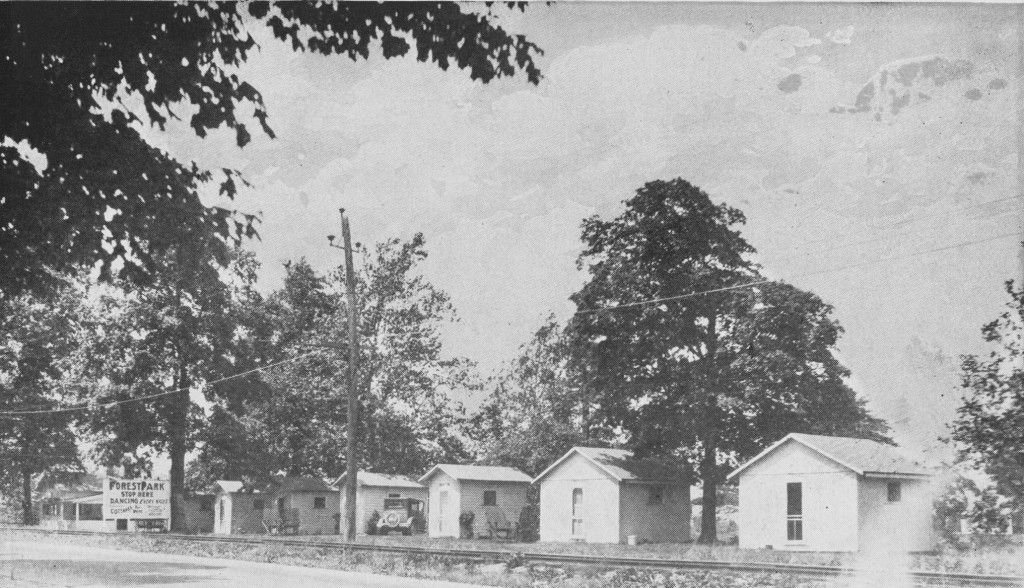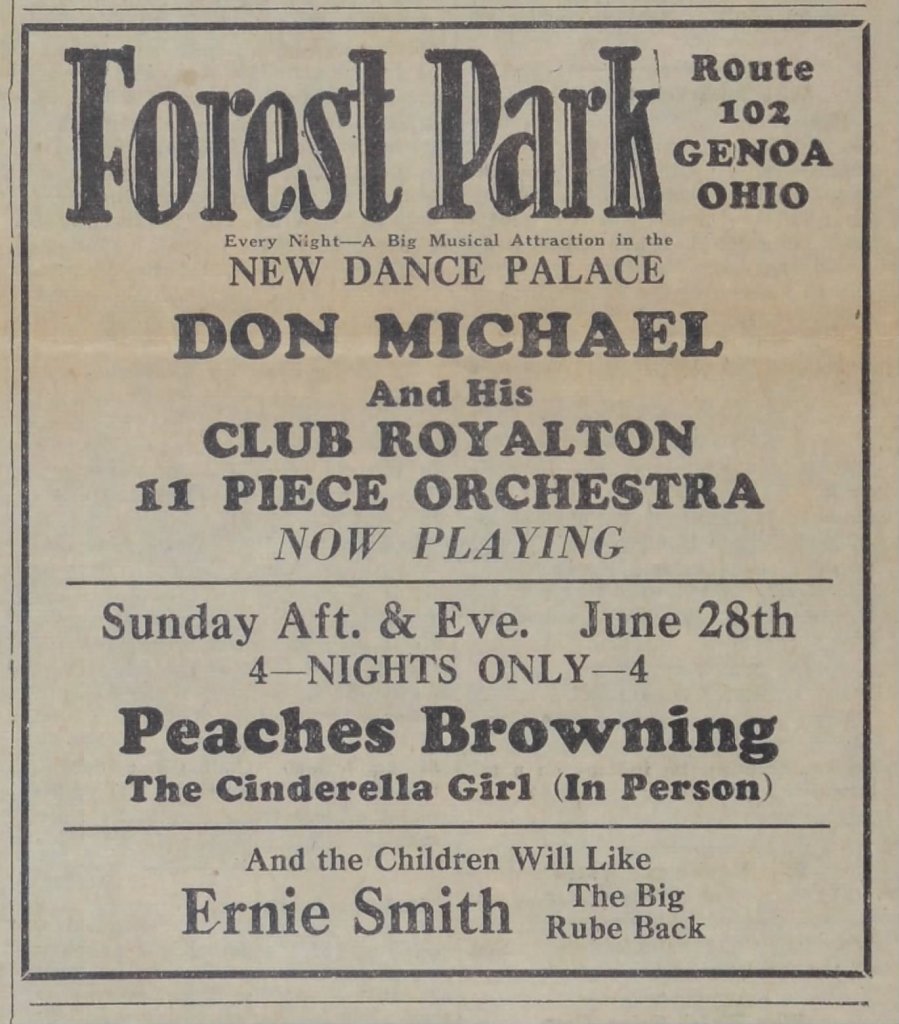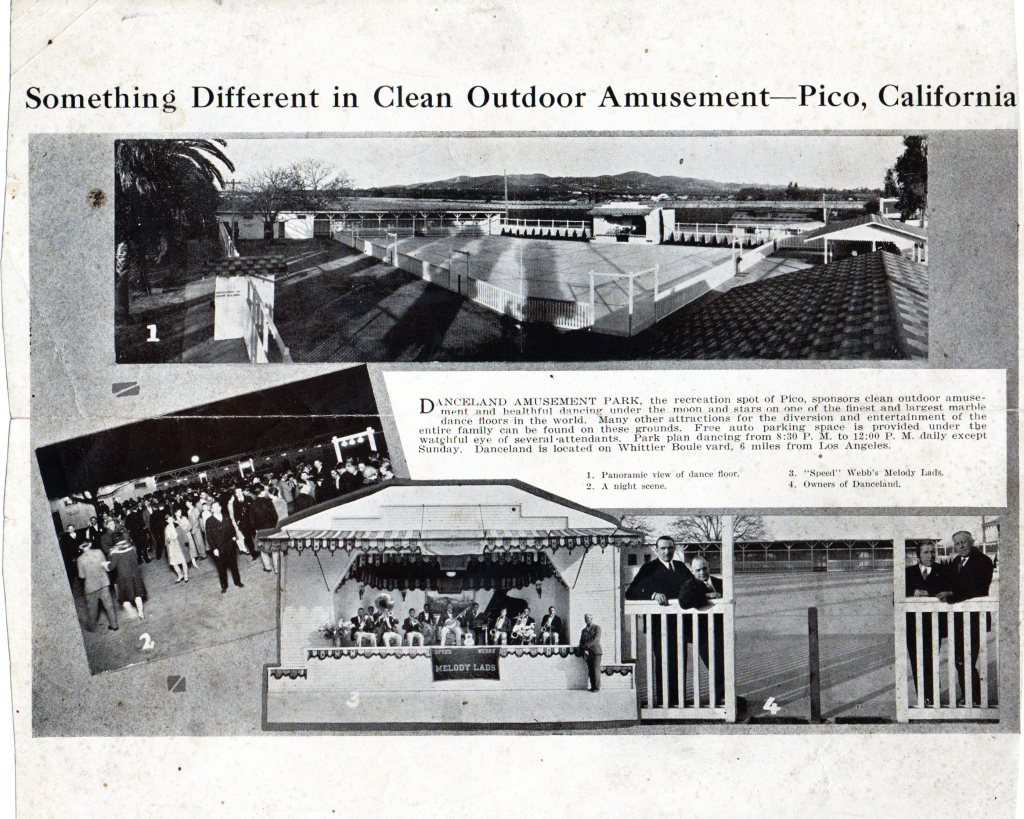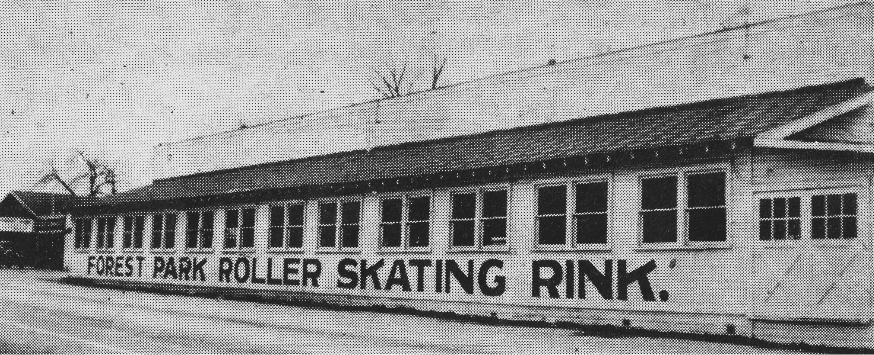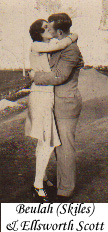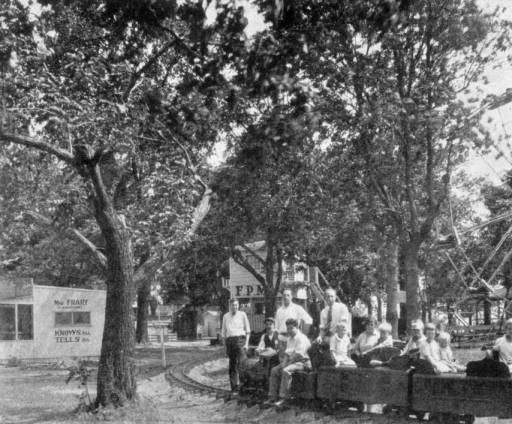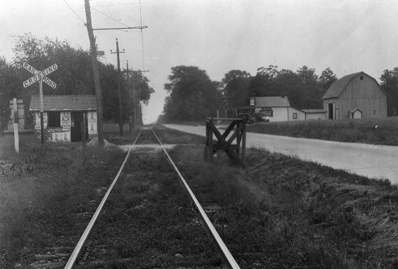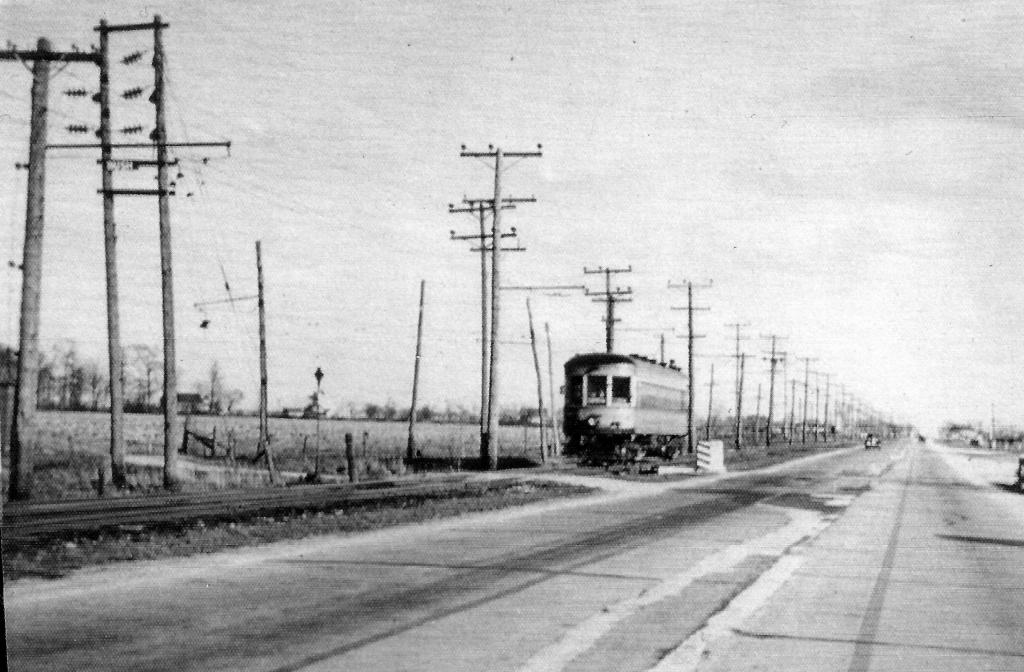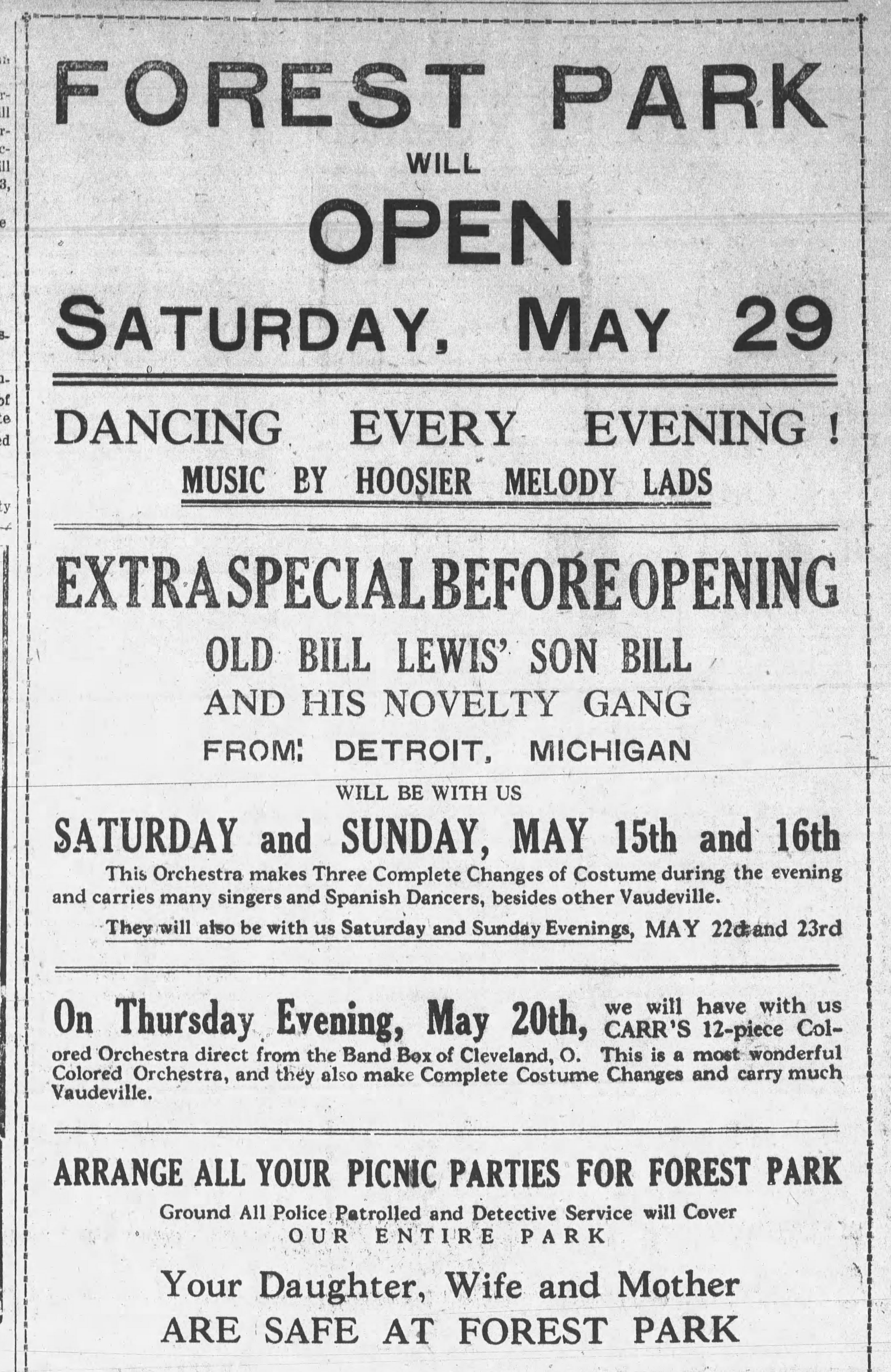When Toledo was still in its adolescence as a city and flexing its Midwestern muscle in the world of industry and commerce, it required leaders with vision. And in the early years of the 20th century, it could be argued that Toledo had no shortage of such ambitious visionaries. Mayor Samuel Jones, Brand Whitlock, The Lamson and Tietdke brothers, John Gunckel, Edward D. Libbey, Michael Owens, Edward Ford or suffragette Rosa Segur, Inventor Lyman Spitzer, and developer George Ketcham. There are many others and the list is lengthy of those who left heavy footprints on the city’s pathway to the industrial and social future. Public entertainment and theatre were also a key part of life in the city in those years and one man, Frank Burt, played a major role in creating venues where hard working Toledoans could find a few hours of relaxation and laughs. Unlike many, Burt’s legacy did not fade away with the decades. Even though his name has largely been lost in the dust of time, his venues continue to live on and and his creations continue to entertain. Frank, the son of a Confederate officer was born in Louisiana and his birth name was Frank Burton Fulenwider, but his father, frowned on Frank entering the world of showbusiness and forbade him to use the family name, so Frank became Frank Burt. In the 1890’s Frank came to Toledo almost penniless, but soon landed a job as manager of the Casino theater near Point Place and within time, his eager ambition made him a successful showman as owner of numerous theaters and entertainment venues nationwide. Ever the showman, he would became the focal point of his own melodrama that almost shortened his career and legacy. On a warm spring night in May of 1904, he was shot and gravely wounded by his irate wife in front of his theater, the Burt Theater at Jefferson and Ontario.
Addie Burt had pulled up in her carraige, and saw him talking with a man under the marquee of the theater and she wanted Frank to go inside the theater where they could talk. Frank refused. It was then she reached into the folds of her dress and withdrew a small pistol and opened fire on Frank. One of the bullets went through a cheek and exited out his eye socket, She hurried away and while Burt, who was still able to move, ran to a nearby saloon for help. Frank later said that Addie shot him because she suspected he was having an affair with another woman. Earlier that morning he had served her with divorce papers.
The young Burt would later recover from his wounds, but the marriage didn’t survive. And ironically while Frank managed to live, six months later Addie Burt died of sudden brain inflammation.
That turn of events allowed to Frank to marry the young showgirl, Candace Morgan, with whom he was indeed having an affair. That wedlock and his marriage to his ambitions as a theater promoter lived on for another two decades.
At the time of the shooting Frank Burt, a former Vaudevillian himself, was listed in the papers as owning more than eight theaters around the country including the Burt and Lyceum Theaters in Toledo, and other theaters in Ft. Wayne, Lima, Evansville, Youngstown and other cities in the area.
He was also a part owner of the Toledo Casino at Point Place and had an investment in the newest amusement park on Lake Erie, called Cedar Point in Sandusky.
As for the Burt Theater in Toledo, he opened it in 1898 as a copy of a 15th century Venetian palace complete with a row of ornate gothic columns and balconies.
The 1565 seat theater also featured an extra wide row called a “fat man’s row”.
Patrons were offered a variety of daily shows of early Vaudeville performances and melodramas, but like many “live” theaters of its era, the popularity was eclipsed by the growth of moving picture houses.
In 1907, Frank Burt would have another brush with death, suffering painful injuries when he was trying to crank his automobile and it jumped into gear and pinned him against a light pole crushing his legs.
After healing and regaining his strength, Burt left Toledo in `1908 and moved into new areas of theatrical interest to pursue even greater achievements.
He was by most measure, a master showman and creative and enterprising amusement park manager and his reputation became legendary across the nation.
By 1912, he was managing the popular Lakeside Amusement Park in the bustling city of Denver, and a few years later, he began dividing his time between Denver and California when he took the role as concessions manager of the Pan American Pacific International Exposition in San Francisco in 1915.
After the Exposition, Burt moved south to the coastal town of Seal Beach California where he developed and managed the Seal Beach Amusement Park, or “Joy Zone” in California which opened in 1916.
His colorful presence there left an indelible impression on the town he is remembered fondly by local historians.
One of his claims to fame was the promotion of dare-devil air stunts including wing walkers, and aerobatic performers.
Some of his projects still live to this day as a legacy to his talents and vision, Cedar Point, The Lakeside Amusement Park near Denver and the still standing theater building that bears his name in Toledo, the Burt Theater.
After those ventures in California, like many at the time, Burt was bitten with the “movie” bug. He and his wife moved north to the San Francisco area to start a movie colony in that part of the state. But after a few ill-fated movies and bouts of illness. Burt’s star would no longer rise.
Frank Burt died in 1924.
But the old Burt theater did not die. In later years, it inspired a new showman for Toledo.
As downtown Toledo evolved, the old Burt theater would find a new life as the home venue for another great showman. Duane Abbajay. Duane took the reigns of the theater in 1962 when it was the very popular Peppermint Club where Jerry Lee Lewis would amaze audiences with his energy and musical prowess. Abbajay brought in many top acts, including Chubby Checker, Little Richard and the Everly Brothers.
But as Duane saw the rising popularity of country music in the 1970’s, he took the theater in another direction and the club became the Country Palace and would fill the venue by booking top country acts of the day including Waylon Jennings. It also earned a national claim to fame by being mentioned in Kenny Roger’s famous ballad “Lucille”. Set in a “bar room in Toledo across the from depot”, the song’s creator Hal Bynum is reputed to have witnessed a scene at the Palace one day that inspired the song’s story.
After Abbajay sold the club, 725 Jefferson became a popular drag show venue known as Ceaser’s Show Bar. The operation and reputation of Ceaser’s flourished for well over a decade before, its lights were dimmed by time and an out of control city bus that rammed the front entrance. It was the proverbial show stopper.
There was talk about tearing the building down, but thankfully rational heads prevailed. Its history and architectural features were saved from the wrecking ball of progress by those who recognized that it still had value and good bones. The county’s Land Bank took control in 2013 and it has since been rescued by a new owner who has plans for preserving this historic treasure of Toledo for future use. Stayed tuned. The old Burt Theater at Ontario and Jefferson may yet have a new life and somewhere Frank Burt is smiling.







